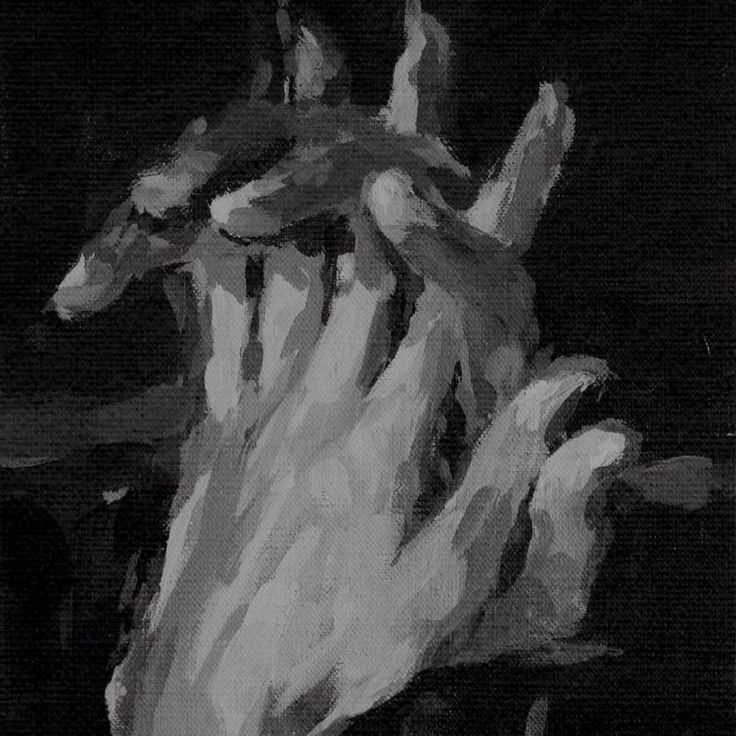Eggs
Cards (26)
- Eggs are poultry products from Chickens, Ducks, and Quails that are eaten as food.
- Duck Eggs are the second most popular sold in the form of salted egg, balut, and penoy.
- What are the 4 main parts of an Egg?Yolk, Egg White, Shell Membranes, Shell
- What is the yellow or orange portion that is found at the center of the egg, it constitutes 31% of the total weight of the whole egg?Yolk
- The egg white, which is also called the Albumen, constitutes 57% of the egg's total weight.
- The Shell Membranes, consisting of the inner and outer membranes, can easily be seen when peeling a hard-cooked egg.
- What is the hard case or outer covering and protecting the egg white and yolk?Shell
- Grading of Eggs:
- Color
- White
- Brown
- Mixed
- Weight
- Jumbo = >69 Grams
- Extra-Large = 62 - 68 Grams
- Large = 55 - 61 Grams
- Medium = 48 - 54 Grams
- Small = 41 to 47 Grams
- Very Small/Pee-Wee = <41 Grams
- Gross Examination: Hold the egg firmly with one hand. Examine it closely. Focus on the appearance of the shell; its color, shape, and texture.
- Candling: Involves viewing the egg content while still in the shell through a strong transmitted light.
- Clicking: Click the two eggs softly at first to approximate the intensity of the click without breaking the eggs.
- Shaking: Shake the egg in an up-and-down motion.
- Water Test: Prepare a small basin of water, approximately 2 liters. Place one egg at the center of the basin. Observe whether the egg will float or sink.
- Breaking: With the use of a dull knife, break the shell in the middle with one swift stroke. Crack the egg open and put it on the saucer.
- Market Forms of Egg:
- Fresh Eggs
- Frozen Eggs - are used in bakery products; they come in containers as whites, yolks, or whole eggs.
- Dried Eggs - are known as whole-egg solids and made of egg whites only.
- Preserved Eggs - are century eggs, pickled eggs, salted eggs.
- What is the process of incorporating air in a mixture as in scrambled eggs?Aerating
- Thickening is when the food mixture thickens when an egg is coagulated as in leche flan making.
- Garnishing as filling in corcon and embutido and as decor or topping of pancit palabok.
- Coating as in crunchy fish fillet and chicken breast fillet.
- Binding as in the meat mixture in lumpiang shanghai, omelets, burgers, croquettes, and chicken/fish balls.
- Coloring as in lumpia wrappers; chicken or duck eggs may be used.
- Leavening produces foam stable enough to be incorporated in food mixture called emulsion.
- Emulsifying is the lecithin in egg yolks can protect oil droplets from coalescing as in the making of mayonnaise.
- Glazing in an egg yolk water mixture used as egg wash for bread to be baked; it gives the baked product a golden yellow and glossy surface.
- Enriching makes an existing dish richer with protein and other nutrients that eggs contain.
- Clarifying is used to clarify the wine after it is aged and ready for bottling; classifying clears the wine of solutes and substances and makes wine looks clear.
